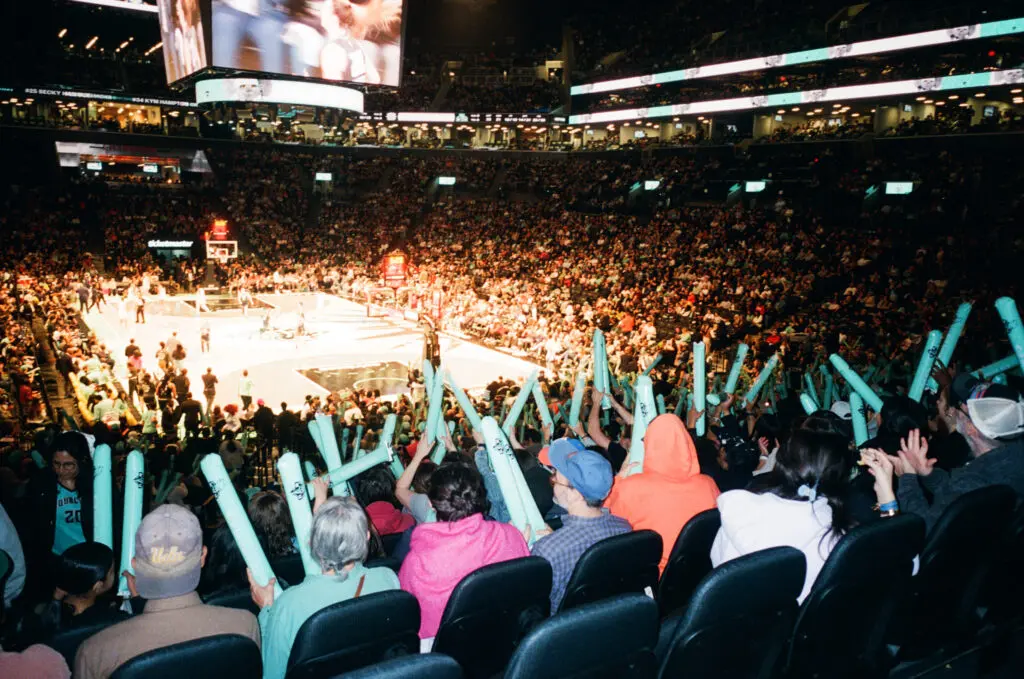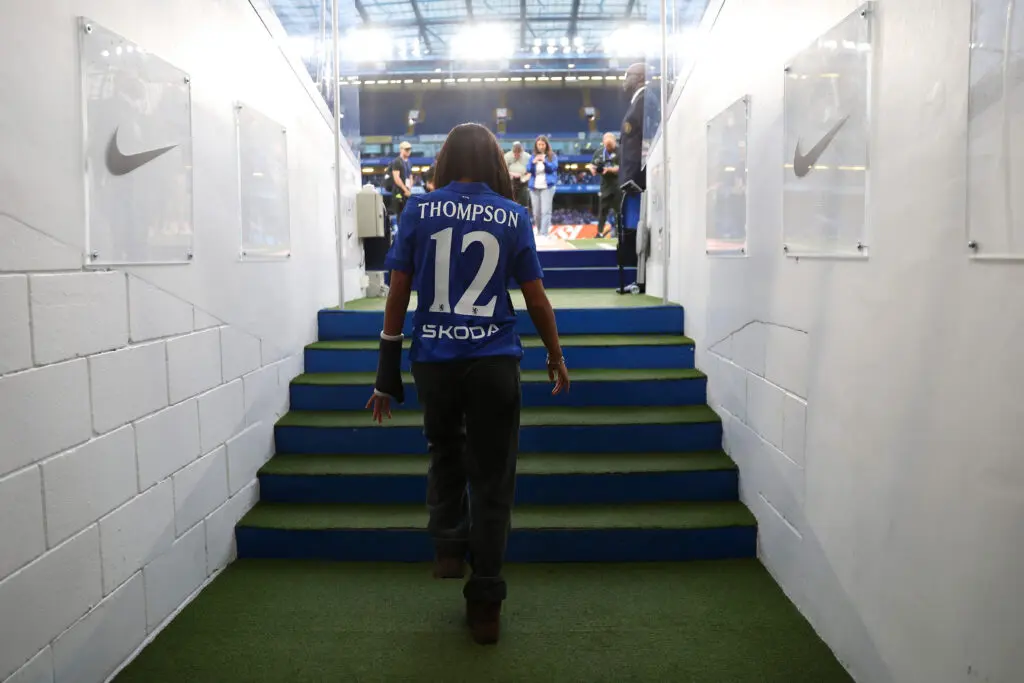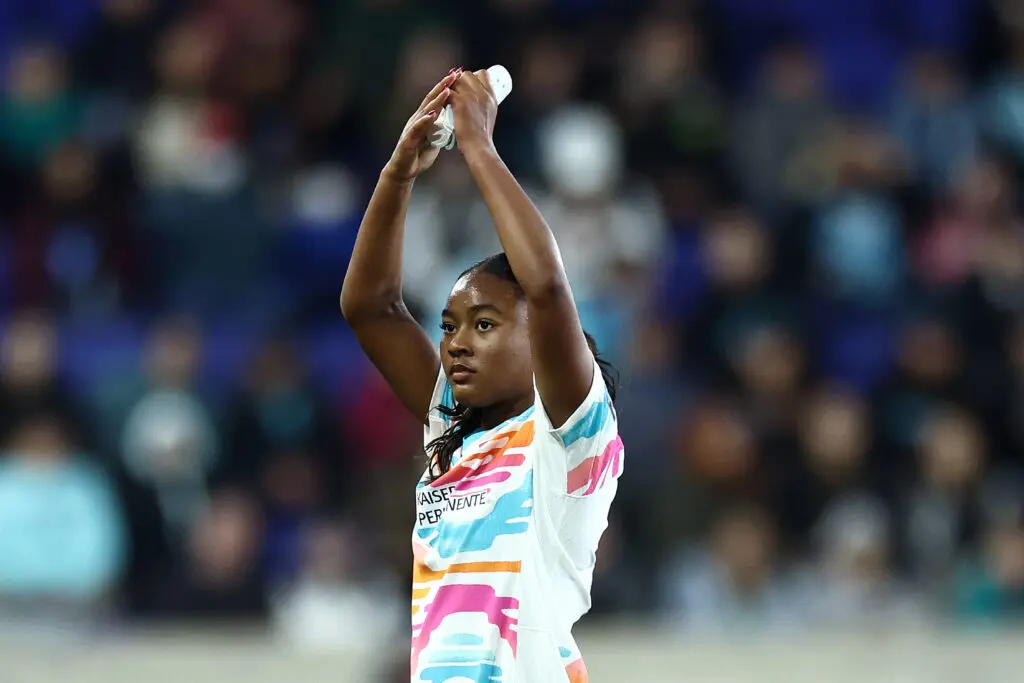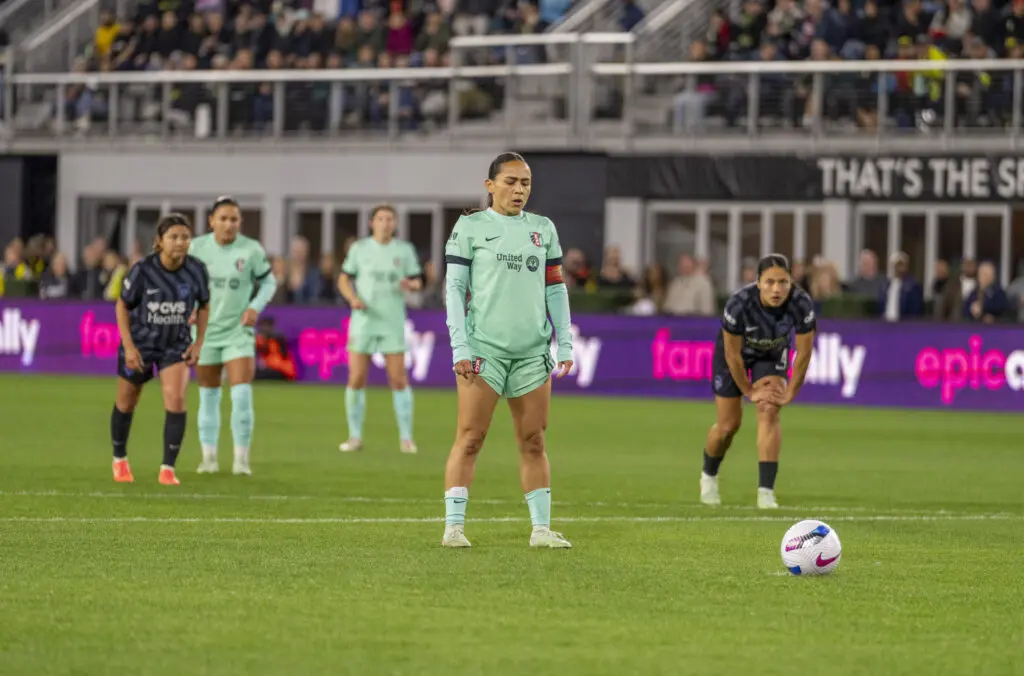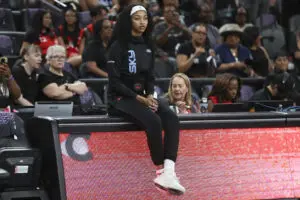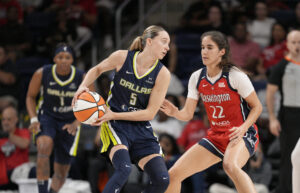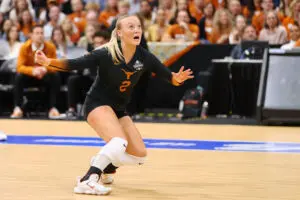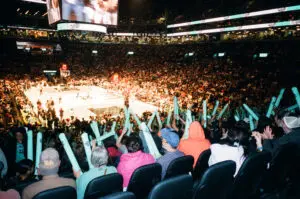Last year, the biggest story leading into March Madness involved ESPN leaking the tournament bracket hours before the official announcement show. Fans were furious, as for so many programs, their moment of celebration — huddled together around a monitor, screaming and cheering as their seed was revealed — had been taken away prematurely.
Oh, how good we had it, when that was the biggest off-court headline.
The bracket is sacred in college hoops, but like so many things this year, it has been left empty by the coronavirus. No one is going dancing. On April 3rd and 5th, Smoothie King Center in New Orleans, the site of the now-cancelled Final Four, will be completely silent. The bracket, the court, the concessions stands, each of the 18,500 seats, the team benches — all empty. There will be no championship-clinching shots. No nets cut down in exuberant celebration.
In a different time, in a different world, the Final Four would be its usual culmination of an incredible year in college basketball. Instead, we’re left to speculate as to what might have been. But though we’ll never know how things would have actually played out, that doesn’t mean we can’t make educated guesses.
In lieu of an actual Final Four, we’ll have to settle with imagining one. And thanks to Charlie Creme over at ESPN, while we may not have an official bracket, we have the next closest thing.
In this version, South Carolina is the top seed in the Greenville regional, while Oregon is No. 1 in the Portland region. The Dallas regional is led by Baylor, and Maryland is the first seed in Fort Wayne. And while the wonderful people over at FiveThirtyEight and ESPN have used more mathematical, scientific, and data-driven techniques to determine a winner in their own simulated brackets, my approach is grounded in primarily feel. After all, it’s March Madness. It wouldn’t be any fun if a computer could predict it.
The top four seeds were truly in a class of their own this season, so I have no problem saying they would have all made it to the Final Four. Here’s how they got there, and what happened next:
Oregon continues its national ascension
While UC Davis is a new opponent, Oregon has seen its offense run before — by Stanford — and would have had no trouble blowing past the Aggies in the first round. The 3-point shooting of Erin Boley, Jaz Shelley and Taylor Chavez would easily make up for any down performance from Oregon’s big three in the subsequent rounds, while a rematch with UConn wasn’t scaring anyone in green. On the road in Gampel Pavilion, Oregon handily won their first meeting with the Huskies this year, and in Portland, with a Final Four berth on the line, the outcome would have been even more lopsided.
"This may not be duplicated anywhere in the country, what we just witnessed."
— Oregon Women’s Basketball (@OregonWBB) March 26, 2020
Thank you, Ducks, for an incredible ride. #GoDucks pic.twitter.com/vXy2pwHmDj
Maryland shoots its way to New Orleans
Maryland was destined to reach the Big Easy. I could entertain the argument that UConn was better than Maryland, but alas the Huskies were doomed to meet Oregon, while Maryland’s toughest competition was either No. 2 Louisville or No. 3 Arizona.
From a season-opening 119-56 win over Wagner through a Big Ten clinching beatdown of Ohio State, the Terrapins relied heavily on their nationally fourth-ranked offense. The tournament would have been no different. It’s easy to imagine Taylor Mikesell’s 3-point prowess bailing the Terps out of a close early round game, while freshman Ashley Owusu would have continued to play beyond her age in dishing out double-digit assists. Behind an underrated defense, Maryland would have won their 21st straight game in the Elite Eight as they advanced to New Orleans.
Baylor is all business
Baylor followed up last year’s national championship with another dominant regular season. And while they capped off the year with a surprise upset loss to Iowa State, it’s easy to believe that such a defeat would have been just the motivation the Lady Bears needed to spur their run to the Final Four.
Baylor has won its last five first round games by an average of 53.4 points, and against UMKC, nothing was going to change there. In the second round, I’d have bet money on senior Juicy Landrum hosting a personal going-away party from beyond the arc as she closed out her career at Baylor’s Ferrell Center. And in a potential Elite Eight matchup with Stanford, I’m certain Baylor’s nation-leading defense would have shown up in a big way to bottle up the Cardinal shooters, ensuring senior Lauren Cox a second straight trip to the Final Four.
South Carolina’s freshman continue to deliver
South Carolina led the nation in just two categories: blocked shots and win-loss percentage. The bottom line is that Dawn Staley’s crew just does not lose. Both Jackson State and Florida Gulf Coast would have found that out the hard way in the opening two rounds. And while Missouri State might have won their rematch with Oregon State, the Bears would have been no match for South Carolina’s stud trio of freshmen. An elite eight matchup with UCLA looks intriguing on paper, but outmatched on the inside, the Bruins would have ultimately been run over by the Gamecocks.
Undisputed.#SCWomanUphttps://t.co/M15w8cqFMP pic.twitter.com/rbGDH8kGf9
— GamecockWBB (@GamecockWBB) March 17, 2020
Semifinal: Oregon gets revenge
Since last year’s semi-final, Baylor and Oregon have each lost twice, Oregon to Arizona State, a seven seed, and Louisville, a second seed, and Baylor to Iowa State, a nine seed, and South Carolina, a one seed. But that is where the similarities end.
In the year since they last met, Oregon beat Team USA (convincingly). Sabrina Ionescu recorded eight regular season triple-doubles, Ruthy Hebard led the team in scoring for much of the season, and Satou Sabally had such a good junior year, she announced she’d be leaving school early to enter the WNBA draft. No other team in college had a trio as talented as these three.
In the 2019 Final Four, Kalani Brown and Lauren Cox combined to miss eight shots combined. Ionescu, meanwhile, missed 18, and her pick-and-roll partner Hebard was held to just four points while being defended by Brown.
It’s hard to imagine Ionescu, the unanimous AP Player of the Year, repeating such a dreadful performance. Hebard has likewise only been held to that low of a scoring output once since then (against Stanford, and she responded by going for 28 a few nights later). And while Brown might have made the drive out to Louisiana for the rematch, the Atlanta Dream forward would have been forced to watch from the stands as her alma mater tried to contain Oregon’s stars.
The deciding stat: Oregon was 7th in the country this year in 3-pointers per game; Baylor was 297th. And with Ionescu leading the charge from beyond the arc, this year’s matchup is going the way of the Ducks.
Semifinal: South Carolina outclasses Maryland
A lot has changed since the second game of the year, when the Gamecocks beat the Terps 63-54 — but not enough has changed in Maryland’s favor. South Carolina shot 31.7% that day and still won by nine, taking full advantage of 30 trips to the foul line. Since then, South Carolina has not shot lower than 35% in a game, averaging 47% on the season.
Both teams were led in scoring by their respective freshmen, but at this point in the season, South Carolina’s rookies are all battle-tested veterans. No one would have been surprised to see both Aliyah Boston and Zia Cooke top 20 points against the Terps. Boston’s expertise on the glass would have also kept Maryland from second chance opportunities while securing South Carolina more than its fair share.
I’d expect South Carolina to go into the half up by double digits, before Owusu leads Maryland on a furious third quarter run. The game is close heading into the fourth, but that’s where Dawn Staley’s championship experience comes into play. Behind the veteran shooting and presence of Tyasha Harris, the Gamecocks eventually pull away, setting up…
National Championship: overtime thriller
The two best teams in college basketball meet in the final. New Orleans, which hosted one of only two national championships to ever require overtime, now gets a second. It’s just that close.
This is the matchup almost every neutral fan wanted to see. For Oregon, it’s a chance to make history and resolve what Ionescu famously called the team’s “unfinished business.” For South Carolina, its a chance to establish a dynasty. Mikiah Herbert Harrigan and Tyasha Harris have played for, and won, a national championship, while Oregon only reached the Final Four for the first time last year.
The Gamecocks’ experience shows in the first quarter, as South Carolina builds a five point lead, their freshmen entirely unbothered by the bright lights…
Ducks fans are nervous, but Ionescu isn’t. In her essay “Dear Oregon Basketball,” she talked about the fear that the sky-high expectations of this season had initially induced. Two things settled her down. The first was her teammates. The second was a nod Kobe Bryant gave to her, when he told her that she made the right choice in returning for her senior season.
When Ionescu visited Stanford for a Pac-12 matchup after speaking at Kobe’s memorial in Los Angeles, she looked like a ghost in the first quarter, hitting just 1-of-3 shots. Then, in the second quarter, she went 2-for-2. In the third, she made 3-of-6 (while also hauling in her historic 1,000th career rebound). And in the fourth, Ionescu scored nine, giving a master class in embracing the privilege of confronting pressure. Compared to that day’s roller coaster, this national championship is just another game of hoops.
The second half goes back and forth, until Oregon takes a two-point lead with 15 seconds to play. Staley calls timeout and draws up a play for Boston, who finishes inside at the rim with just seconds remaining. Ionescu gets off a last second heave, and though it’s on target, her effort clangs off the iron. Overtime.
In the extra period, South Carolina’s Harris experience once again propel’s an early surge, but the Ducks claw back. Cooke puts her team up by two with seconds remaining, but she leaves Oregon with the last possession. Ionescu calls for an isolation, dribbling the clock down. South Carolina’s defense pushes out at the last moment, forcing Ionescu into a deep 3-pointer to win it all…
And a second chance is all she needs.
Swoosh. Ducks win.

